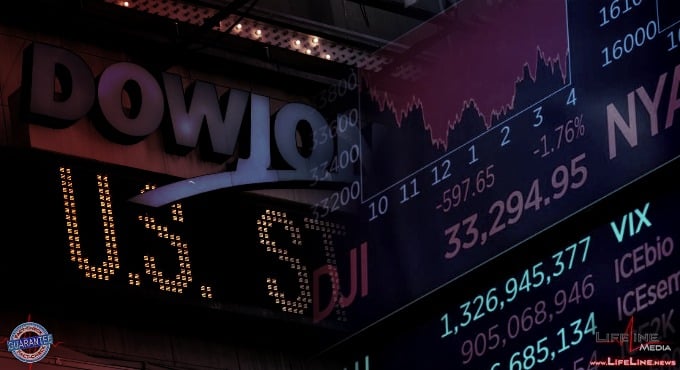A new trend is sweeping the finance world, affecting Wall Street giants. The S&P 500 began the week with a slight 0.3% dip on Tuesday, marking only its second decline in a 16-week streak. Tech stocks, such as those in the Nasdaq composite, felt the impact more significantly, dropping by 0.8%.
In contrast, the Dow Jones remained relatively stable, decreasing by a mere 0.1%, largely due to Walmart’s robust performance. The retail giant reported strong quarterly results and projected sales figures exceeding even Wall Street’s high expectations.
During this shortened holiday week, Wall Street paused as major retailers released their quarterly earnings reports. Both Dow Jones Industrial Average futures and S&P 500 futures experienced minor declines of about 0.3% before market opening.
Looking at individual stocks:
Apple Inc shares fell -0.75%, while Amazon.com Inc experienced a larger drop of -2.43%. Alphabet Inc Class A defied this trend with a modest gain of +0.60%.
Johnson & Johnson stocks rose by +1.31%, and JPMorgan Chase & Co increased by +0.70%. Microsoft Corp stocks dropped -1.27%.
NVIDIA Corp saw a significant decrease with stocks falling -31.61%, while Tesla Inc also suffered a decline of -6%. Walmart Inc emerged as the day’s top performer with stock prices rising by +5%.
Currently, market sentiment is neutral based on online discussions and social media activity.
The correlation between volume fluctuations and stock prices suggests that our current downtrend may be weak as volumes are decreasing alongside prices.
This week’s Relative Strength Index (RSI) stands at 56.
In summary, despite the market mood being neutral and high trend strength, balance appears to be maintained.


Join the discussion!
Be the FIRST to comment on ‘DOW Jones DEFIES the Odds: Why This Week’s Market Downturn Might be a False Alarm’